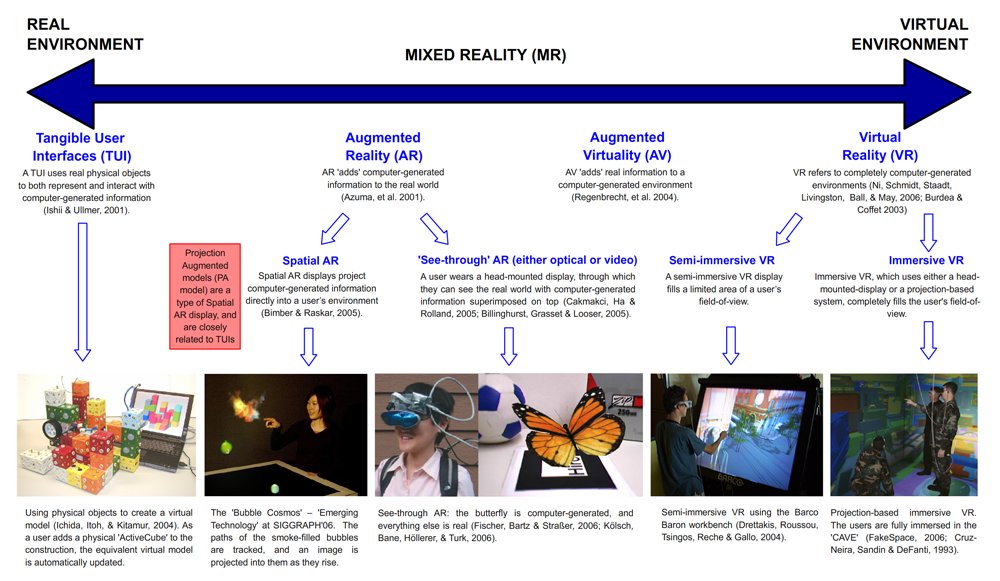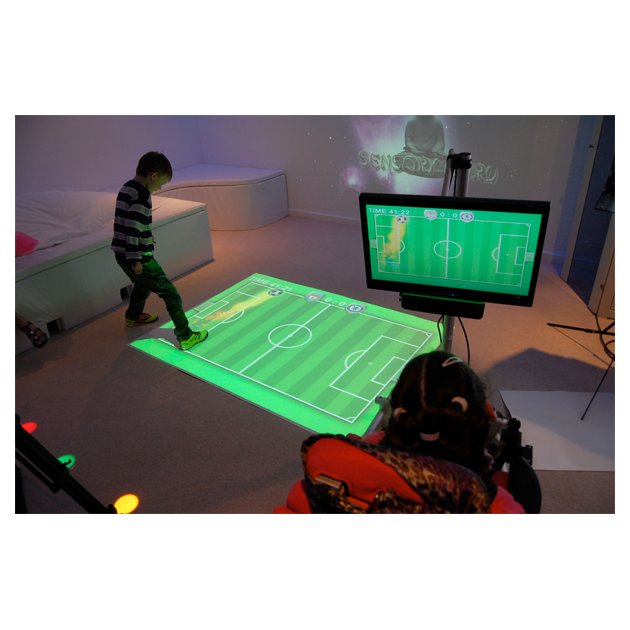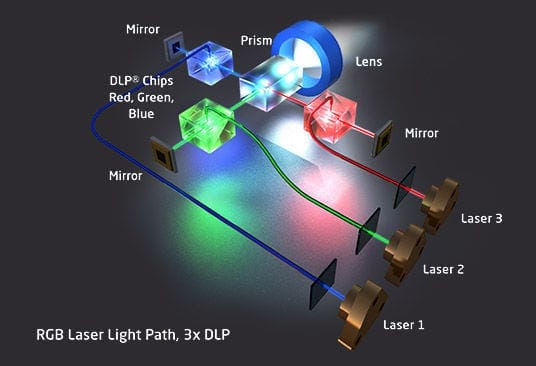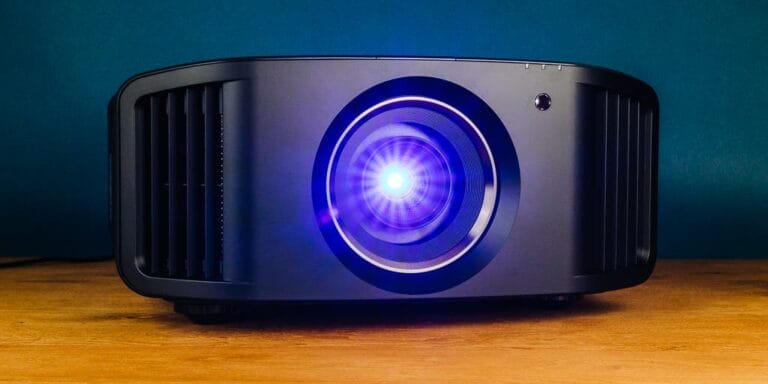
Can Projection Technology Be Used for Augmented Reality? If you’ve ever wondered whether projection technology can enhance your augmented reality (AR) experiences, then you’ve come to the right place! In this article, we’ll explore the possibilities of using projection technology to take your AR adventures to the next level. So, get ready to dive into the fascinating world where virtual and real-life elements blend seamlessly!
Picture this: you put on a pair of AR glasses and suddenly find yourself surrounded by amazing digital imagery projected onto your surroundings. From interactive virtual objects to immersive gaming experiences, the potential applications of combining projection technology with AR are mind-boggling! Whether it’s turning your living room into a virtual battlefield or bringing educational content to life, the possibilities are endless.
But how does projection technology work in tandem with AR? Essentially, it involves using projectors to display virtual images or videos onto physical surfaces, creating a mixed-reality experience. By tracking the user’s movements and adjusting the projected content accordingly, projection technology adds depth and realism to the AR world. It opens up a whole new dimension of interactivity and engagement, making your AR experiences even more captivating and unforgettable.
So, if you’ve ever dreamed of stepping into a world where imagination knows no bounds, where the digital blends seamlessly with the physical, projection technology in augmented reality is the key to unlocking that extraordinary realm.
Get ready to be amazed as we delve deeper into the exciting possibilities and potential of this groundbreaking combination. It’s time to step into the future where technology paints your world in vibrant and immersive colors!
Can Projection Technology Be Used for Augmented Reality?
Augmented reality (AR) can indeed make use of projection technology to enhance the user experience. By projecting digital content onto physical surfaces, projection technology enables immersive AR experiences. With projection mapping techniques, objects and environments can be transformed into interactive displays.
This technology opens up exciting possibilities in various fields, including gaming, education, and advertising.
1. The Basics of Projection Technology in Augmented Reality
Projection technology involves the use of projectors to display images or video on a surface, such as a wall or a screen. When it comes to augmented reality, projection technology can be used to overlay virtual content onto real-world objects or environments.
This creates an immersive experience where users can interact with virtual elements in their physical surroundings. It opens up a wide range of possibilities, from interactive gaming experiences to educational applications and artistic installations.
One of the key advantages of using projection technology in augmented reality is the ability to create large-scale, interactive experiences. Traditional AR relies on small screens, such as smartphone displays or specialized headsets, limiting the size and scope of virtual content.
With projection technology, the virtual elements can be projected onto much larger surfaces, encompassing entire rooms or even buildings. This allows for a more immersive and engaging experience, particularly in group settings or public events.
However, there are also challenges to consider when integrating projection technology into augmented reality. One major obstacle is maintaining the alignment and tracking of the virtual content with the physical world.
Accurate tracking is crucial to ensure that the projected elements appear correctly about the real-world objects they are meant to interact with. Achieving precise and stable tracking can be complex, requiring advanced algorithms and calibration techniques to account for environmental factors such as lighting conditions and surface textures.
2. Benefits and Applications of Projection Technology in Augmented Reality
The combination of projection technology and augmented reality opens up a wide range of exciting applications across various industries. One of the key benefits is the ability to create immersive and interactive experiences in entertainment and gaming.
Imagine playing a video game where the virtual environment is projected onto the walls of your living room, allowing you to physically move and interact with the game world. This can take gaming to a whole new level, blurring the lines between the digital and physical realms.
Projection technology in augmented reality also holds great potential in the field of education. Imagine a classroom where history comes to life as students witness key historical events projected onto the walls, allowing them to see and interact with virtual recreations of significant moments. This can make learning engaging and memorable, fostering a deeper understanding and connection with the subject matter.
Another intriguing application is in the realm of art and design. Projection mapping, a technique that involves precisely aligning and projecting images onto irregular surfaces, can be used to create stunning visual installations. In augmented reality, this technique can be taken further, allowing artists to combine real-world objects and virtual content in dynamic and interactive displays. This opens up new avenues for artistic expression and immersive storytelling.
3. Limitations and Future Developments
While projection technology offers exciting possibilities in augmented reality, some limitations need to be addressed. One significant challenge is the need for controlled lighting conditions. Projectors rely on a dark or dimly lit environment to project clear and vibrant images.
In well-lit spaces, the projected content may appear washed out or less visible, compromising the overall experience. Overcoming this limitation requires advancements in projection technology, such as brighter and more efficient projectors, as well as software algorithms that can adapt to different lighting conditions.
Another limitation is the requirement for a suitable projection surface. Projection technology works best on flat or slightly curved surfaces. Trying to project onto irregular or dynamic surfaces can be challenging, as it requires complex mapping and calibration. Future developments in projection technology could focus on overcoming this limitation, making it possible to project onto virtually any surface, regardless of its shape or movement.
Projection technology holds great potential for enhancing augmented reality experiences. The ability to project virtual content onto large surfaces opens up a world of immersive and interactive possibilities. Whether it’s in gaming, education, or artistic expression, the combination of projection technology and augmented reality offers exciting new ways to engage with digital content in the real world.
While there are challenges to overcome, advancements in projection technology and tracking algorithms will likely open the door to even more innovative applications in the future. So, keep your eyes peeled for the exciting developments that lie ahead in the realm of projection-enhanced augmented reality.
Frequently Asked Questions
Welcome to our FAQ section where we’ll be addressing some common queries about the use of projection technology for augmented reality. Below, you’ll find answers to some key questions that will help you understand how these technologies work together to enhance our reality.
1. How does projection technology contribute to augmented reality experiences?
Projection technology plays a vital role in augmenting reality by overlaying digital information onto the physical world. It allows for the projection of images or visual elements onto real objects, creating a blended reality experience. By using projectors, augmented reality can be enhanced with interactive visuals, virtual objects, or contextual information.
For example, projection technology can be employed to project virtual keyboards onto surfaces, enabling users to type on any flat surface. It can also be utilized to project interactive interfaces onto walls, transforming them into touch-sensitive displays. These applications demonstrate how projection technology enhances augmented reality experiences by merging the virtual and real worlds.
2. Can projection technology be used for wearable augmented reality devices?
Absolutely! Projection technology can be integrated into wearable augmented reality devices, offering users a more immersive and interactive experience. By miniaturizing projectors, these devices can project virtual content directly onto the user’s field of view, such as onto a pair of smart glasses or a helmet visor.
Wearable augmented reality devices with projection technology allow users to see digital information overlaid onto their surroundings in real-time. This technology enables users to interact with virtual content, view contextual information, or access augmented reality applications without the need for external screens or devices.
3. What are the advantages of using projection technology for augmented reality over screen-based displays?
One of the advantages of using projection technology for augmented reality is the ability to seamlessly blend virtual content with the real world. Unlike traditional screen-based displays, which create a visual barrier between the viewer and the environment, projection technology allows the virtual content to be integrated into the user’s surroundings, thus providing a more natural and immersive experience.
Moreover, projection-based augmented reality can offer larger display areas compared to screen-based devices, allowing for more extensive and interactive content. This makes it particularly useful for applications that require a wide field of view or collaborative experiences where multiple users can view and interact with the same augmented content simultaneously.
4. Are there any limitations or challenges when using projection technology for augmented reality?
While projection technology offers exciting possibilities for augmented reality, there are a few limitations and challenges that come with its use. One of the main limitations is the need for a suitable projection surface. To achieve optimal results, projection technology requires a surface that is uniform in color and texture. Uneven or reflective surfaces can distort or diminish the quality of the projected content.
Additionally, ambient lighting conditions can impact the visibility of the projected content. Bright or uneven lighting can make it difficult to see the augmented reality elements clearly. However, advancements in projection technology and imaging algorithms are continuously addressing these challenges, allowing for better performance in varying environmental conditions.
5. Can projection technology be combined with other augmented reality technologies?
Absolutely! Projection technology can be combined with other augmented reality technologies to create more immersive and interactive experiences. For instance, it can be integrated with motion tracking sensors to enable gesture-based interactions with projected content. By accurately tracking the movements of the user’s hands or body, the system can respond to gestures and allow users to manipulate or interact with virtual objects in real time.
Furthermore, combining projection technology with depth-sensing cameras can enhance the realism of augmented reality experiences. Such cameras can capture the depth information of the scene, enabling the projection technology to adjust the virtual content’s position and perspective based on the user’s viewing angle. This integration facilitates a more convincing augmentation of the physical world.
Projection technology can be used for augmented reality by overlaying digital images onto real-world objects. This has many exciting possibilities, such as enhancing educational experiences and creating immersive entertainment.
However, there are challenges to overcome, including the need for precise tracking and the limitations of current projectors. With further advancements, projection technology could revolutionize how we interact with our surroundings.






